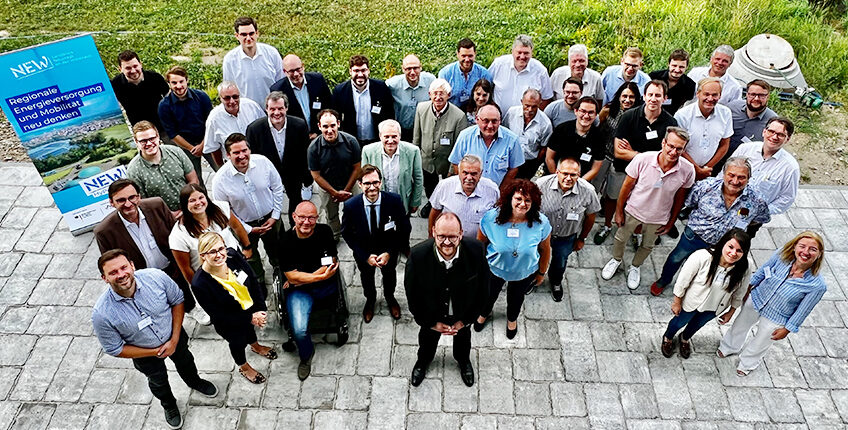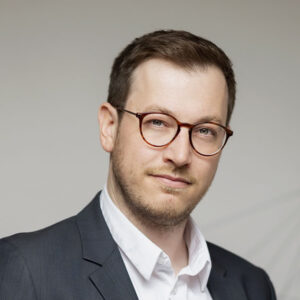The district of Neustadt an der Waldnaab has qualified for the German government’s HyLand competition with its Hy-Perspectives project. After already identifying suitable starting points for hydrogen technology in the HyStarter phase, the expert phase will involve developing an overall concept for a regional hydrogen economy which can be feasibly implemented. The next steps were discussed at a launch event with stakeholders from industry, research and education.
If hydrogen is to play an important role in Neustadt an der Waldnaab in future for revolutionising local transport and heating, then the generation and purchase of the climate-neutral gas must be secured. “We have people and businesses in the region who are technology pioneers and at the same time, we have room for new companies”, says District Administrator Andreas Meier at the welcoming address. This potential must be leveraged. He also warned however, against expecting too much, too soon: “Cars won’t be able to refuel with hydrogen in a matter of months here – first, a sensible overall concept must be developed and the infrastructure must be created.”
With the Institute for Energy Technology as the project lead, the OM Network for public relations, law firm Watson Farley & Williams for legal queries and the Inter-company Training Centre in Eastern Bavaria (Überbetriebliche Bildungszentrum in Ostbayern (ÜBZO)) for consulting services on knowledge-building, the ‘District development and economic promotion’, responsible for the project within the district council, has a formidable team on its side. Working closely with stakeholders, it will crystallise existing project ideas and develop them to such a point that practical implementation becomes feasible. The acquisition of new, active partners and public information is also on the agenda.
There was plenty of inspiration for these objectives at the launch event. For example, Simon Reichenwallner from ENERGIEregionNürnberg e.V., demonstrated how the issue of hydrogen is dealt with in the metropolitan region. Dr. Felix Siebler from Watson Farley & Williams LLP discussed changes to the regulatory landscape in the definition of ‘green hydrogen’. Basically, hydrogen is regarded as ‘green’ if it is exclusively produced using electricity from renewable energy sources – with the exception of biomass. In the latest draft from the European Commission, the requirements for the electricity needed for the operation of hydrogen plants are now outlined in detail. Thus for the first time, there will be a legal classification of ‘green hydrogen’ in future, which will be crucial for the production of hydrogen. Thomas Gollwitzer from IfE provided an update on the latest developments in the hydrogen sector and their implications for the region. The focus of the joint workshop was hydrogen mobility in the NEW region. Here it became evident that there is such significant potential for consumers in the region, that a joint procurement of buses and trucks could make sense. Preparation will now continue in four working groups. These will work on the details of the generation of hydrogen and renewable energies, consumption of hydrogen as well as the operation of infrastructure.
Background:
The development of the Neustadt an der Waldnaab region as a hydrogen region is funded in the HyExpert phase in the amount of approx. 400,000 euros under the National Innovation Programme for Hydrogen and Fuel Cell Technology (NIP2) by the Federal Ministry for Digital and Transport. The funding guideline is coordinated by NOW GmbH and implemented by Project Management Jülich (PtJ).
Image: The stakeholder network of the district of Neustadt an der Waldnaab coordinates the next planning steps for a regional supply of green hydrogen. Image rights: District office NEW/ Prößl


